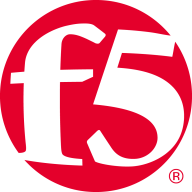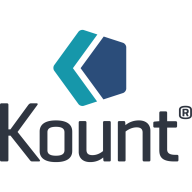

F5 Shape Security and Kount are competing in the fraud prevention and security domain. F5 Shape Security seems to have an edge in features, while Kount stands out with its cost-effectiveness.
Features: F5 Shape Security offers advanced bot protection, real-time threat intelligence, and sophisticated anomaly detection. Kount provides comprehensive machine learning capabilities and customizable policies, focusing on transaction fraud.
Ease of Deployment and Customer Service: F5 Shape Security provides a seamless integration process with high-level customization capabilities and robust customer support. Kount emphasizes ease of integration with straightforward customer service, potentially allowing quicker deployment.
Pricing and ROI: F5 Shape Security has higher setup costs, suited for large enterprises seeking comprehensive security features, while Kount offers a more budget-friendly option with quicker ROI for smaller businesses or those focused on transaction fraud.


The Shape technology platform, covered by 50+ patents, stops automated fraud and other attacks on web and mobile applications, including credential stuffing, account takeover, scraping, and unauthorized aggregation. Shape is one of the largest processors of login traffic in the world, protects more than 1.3 billion user accounts, and prevented more than $1 billion in fraud losses last year.
Shape solutions leverage artificial intelligence and machine learning, among other technologies, to accurately determine in real-time if an application request is from a fraudulent source, and if so, effectively mitigate. As soon as new countermeasures are deployed, 5%-10% of attackers will typically attempt to retool and start a new attack. Shape solutions adapt and maintain full efficacy even as attackers evolve.
The world's leading banks, airlines, retailers, hotel chains, and federal agencies rely on Shape as their primary line of defense against sophisticated cybercrime.
Shape Solutions:
Shape Recognize: Identify returning, known users of your website and reduce authentication friction for these users. This enables organizations using Recognize a persistent and secure login experience where good users face less login challenges while still increasing online safety.
Shape AI Fraud Engine (SAFE): SAFE connects context across different browsers and devices used by the same user, as well as observations from across Shape’s entire network. This allows Shape's AI engine to drive down fraud each month as its engine consumes more data.
F5 Device ID+: A real-time and precise device identifier using advanced signal collection and machine learning to assign a unique fingerprint to each device visiting your site. Simple deployment with immediate results for security, networking, and fraud. Better understand the unique devices visiting your applications.
Shape Enterprise Defense: Invisibly protect every application from attack, fraud, and abuse. Defending the world's largest companies, Shape knows whether a request is bot or human driven and if the intent is malicious or benign. This allows Shape to prevent fraud in real-time; manage aggregated and partner access to applications and provide new data for better customer insights.
Shape was recognized by Cybercrime Magazine as one of the Hot 150 Cybersecurity companies in 2019 and CB Insights 2019 AI 100 most promising artificial intelligence startups across the globe.
Kount’s patented machine learning technology analyzes transactions to stop fraud and increase revenue for online businesses, merchants, acquiring banks, and payment service providers.
We monitor all Fraud Detection and Prevention reviews to prevent fraudulent reviews and keep review quality high. We do not post reviews by company employees or direct competitors. We validate each review for authenticity via cross-reference with LinkedIn, and personal follow-up with the reviewer when necessary.